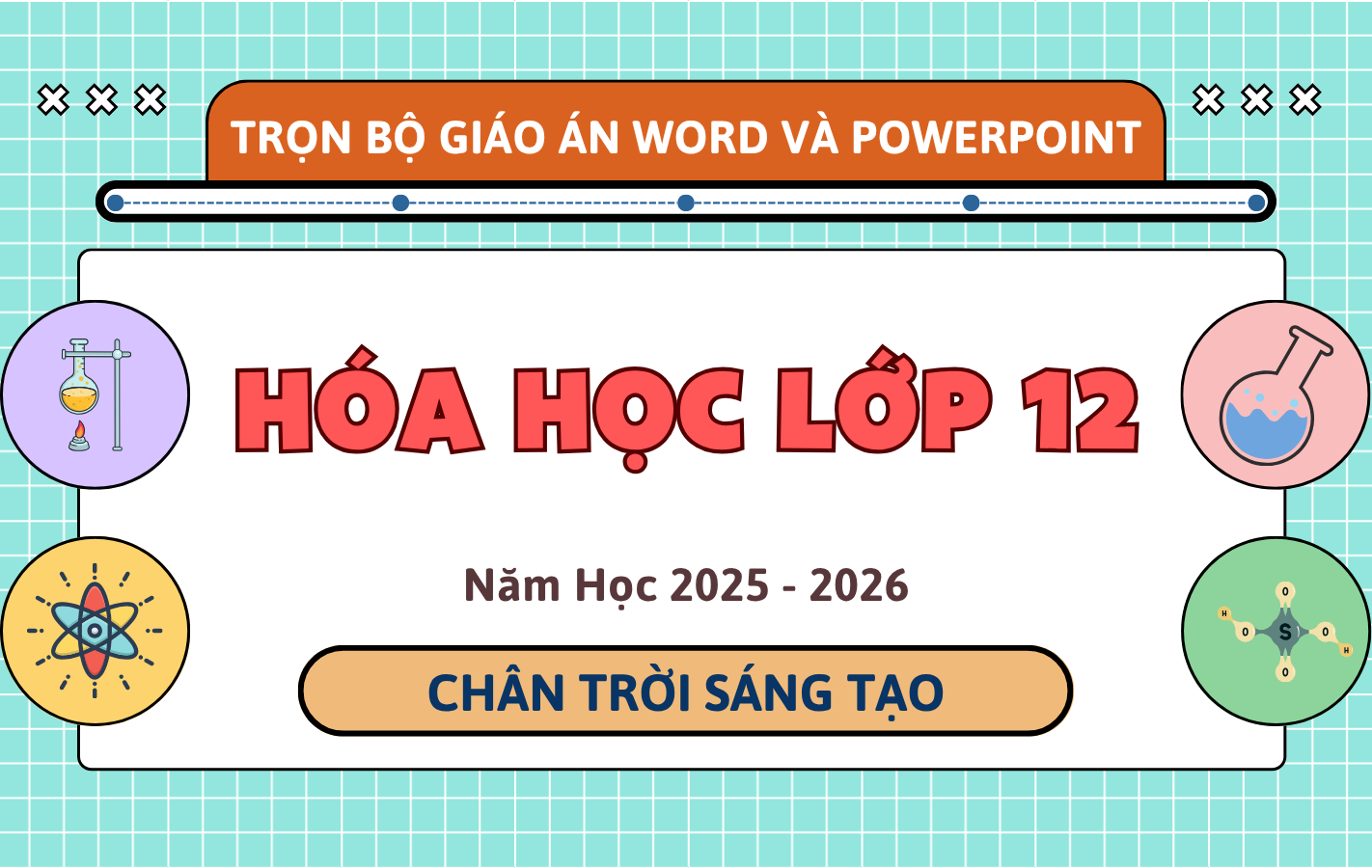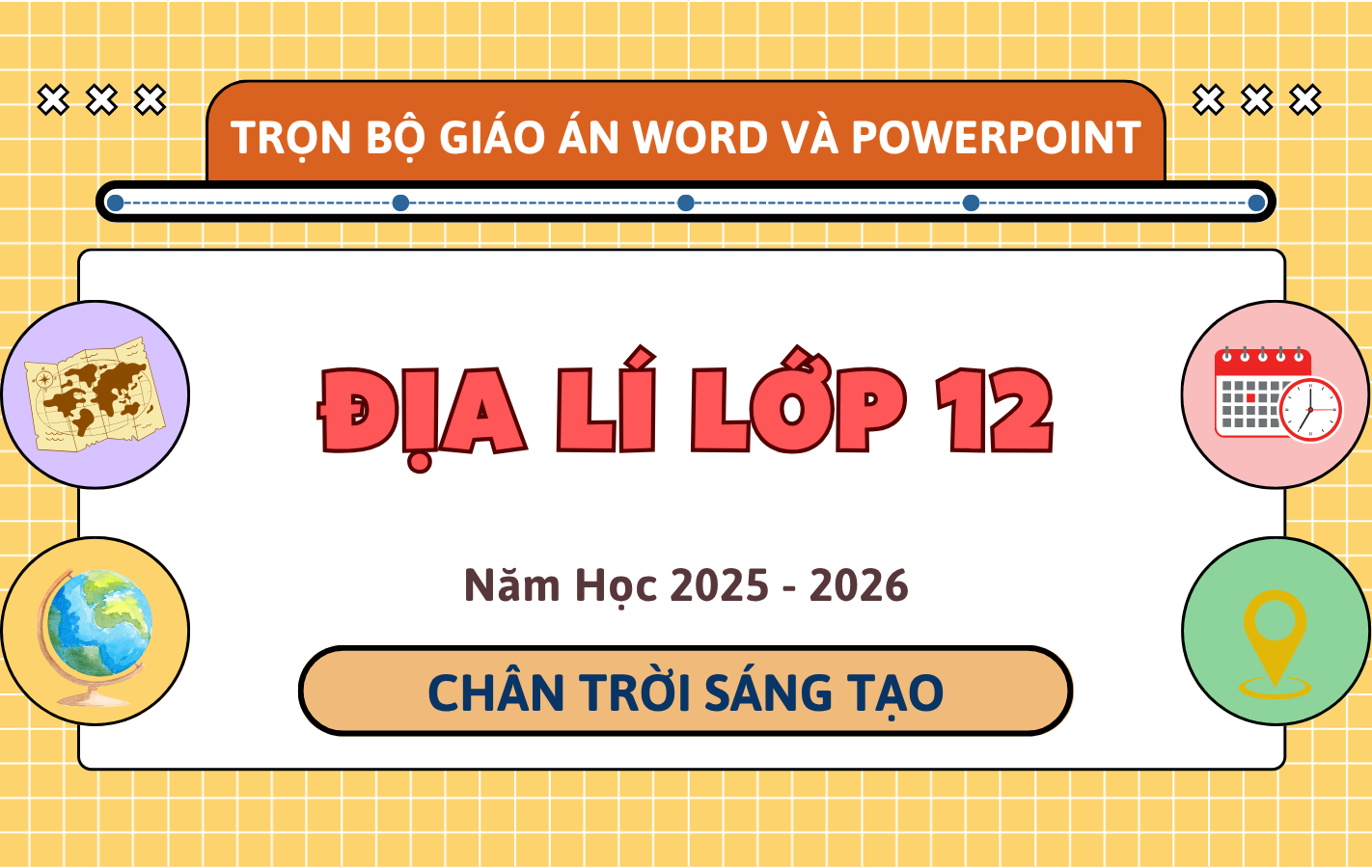Câu hỏi:
Read the following passage about the The Issue of Fairness in the World of Work and mark the letter A, B, C or D on your answer sheet to indicate the best answer to each of the following questions from 31 to 40.
Fairness in the workplace is an issue that has been coming to the forefront in today’s globalized economy. As businesses spread their wings and the labor market becomes more interconnected, employees are increasingly up in arms about issues such as wage inequality, job security, and equal access to opportunities. While some progress has been made, many challenges still loom large, and fairness in the workplace continues to be a hard nut to crack.
One of the most significant challenges is wage inequality. Despite efforts to reduce the gender pay gap and improve overall wage fairness, significant disparities persist. Women, ethnic minorities, and workers in lower-income countries often earn less than their counterparts in higher-income economies, even when performing similar work. Advocates for fair wages argue that employees should be compensated based on their skills and contributions, rather than factors like gender, race, or geographical location. However, achieving this goal requires significant changes in both corporate policies and societal norms.
Workplace diversity and inclusion are also critical aspects of fairness. Many organizations have implemented diversity policies and affirmative action programs aimed at ensuring equal opportunities for all employees. Despite these efforts, discrimination — both overt and subtle — still exists in many workplaces, hindering the advancement of women and minorities. Studies show that individuals from underrepresented groups are often passed over for leadership roles or career advancement opportunities. Overcoming these barriers requires more than just policy changes; it necessitates a cultural shift toward greater inclusion and respect for diversity at all levels of the organization.
[I]The rise of automation and artificial intelligence (AI) presents a new challenge to fairness in the workplace. [II], particularly in low-skilled roles, many workers face job displacement and reduced wages. [III]While some argue that automation will create new, higher-skilled jobs, others fear that the pace of technological change may outstrip workers’ ability to adapt, especially in sectors like manufacturing, retail, and customer service. In this context, policymakers must ensure that workers are equipped with the skills necessary to thrive in an increasingly automated economy.[IV]
In conclusion, while significant progress has been made in advancing fairness in the workplace, many challenges remain. Achieving true fairness requires not only addressing issues of wage equality and diversity but also ensuring that workers can adapt to the changing demands of the modern economy. Employers, workers, and governments must collaborate to create an environment where everyone has equal access to opportunities, fair pay, and the resources needed to succeed.
Which of the following best summarises the passage?
Fairness in the workplace is improving, but issues like wage inequality and job security remain unresolved, requiring significant changes in policies and norms.
While workplace fairness has made progress, challenges related to wage equality, diversity, and automation remain and require joint efforts from employers, workers, and governments.
Despite efforts to ensure fairness, workers continue to face challenges such as wage inequality and discrimination, while automation introduces new obstacles to job security and fairness.
Achieving workplace fairness involves addressing ongoing issues of diversity and wage equality, while also preparing workers for the impacts of automation and technological change.
Đáp án đúng: B
Đáp án đúng là: B
Giải thích:
Tóm tắt chính xác nội dung của bài đọc, nhấn mạnh tiến bộ đã đạt được nhưng các vấn đề như công bằng lương bổng, đa dạng và tự động hóa vẫn tồn tại, đòi hỏi sự hợp tác giữa các bên liên quan.
Câu hỏi này thuộc đề thi trắc nghiệm dưới đây, bấm vào Bắt đầu thi để làm toàn bài
Bộ Đề Kiểm Tra Học Kì I - Tiếng Anh 11 - Global Success - Bộ Đề 01 giúp học sinh ôn tập toàn bộ nội dung trọng tâm của chương trình Tiếng Anh 11 theo sách giáo khoa Global Success trong học kì I, bao gồm từ vựng, ngữ pháp, kỹ năng đọc hiểu và viết. Câu hỏi được biên soạn theo cấu trúc đề kiểm tra hiện hành, phù hợp yêu cầu chương trình mới. Đề có kèm đáp án và gợi ý hướng làm, hỗ trợ học sinh tự đánh giá năng lực và chuẩn bị tốt cho bài kiểm tra cuối kì.
Câu hỏi liên quan

Trọn Bộ Giáo Án Word & PowerPoint Tiếng Anh 12 – I-Learn Smart World – Năm Học 2025-2026

Trọn Bộ Giáo Án Word & PowerPoint Tiếng Anh 12 – Global Success – Năm Học 2025-2026

Trọn Bộ Giáo Án Word & PowerPoint Hóa Học 12 – Kết Nối Tri Thức – Năm Học 2025-2026

Trọn Bộ Giáo Án Word & PowerPoint Hóa Học 12 – Chân Trời Sáng Tạo – Năm Học 2025-2026

Trọn Bộ Giáo Án Word & PowerPoint Công Nghệ 12 – Kết Nối Tri Thức – Năm Học 2025-2026
